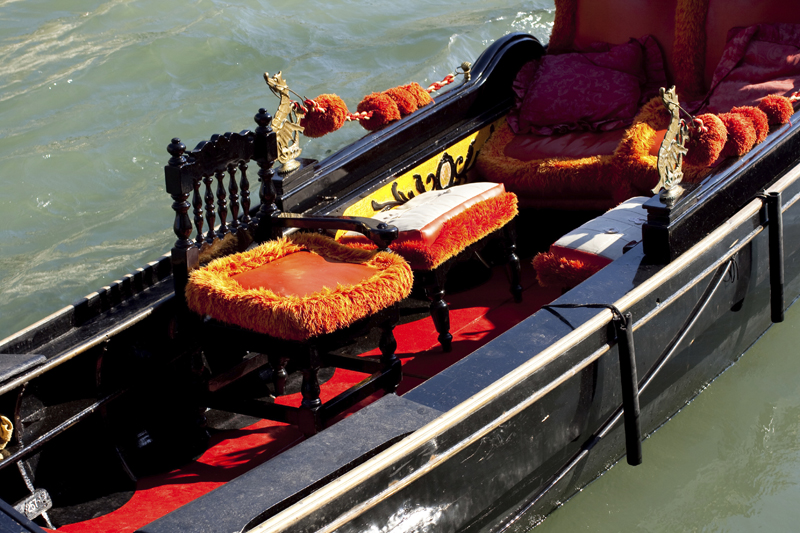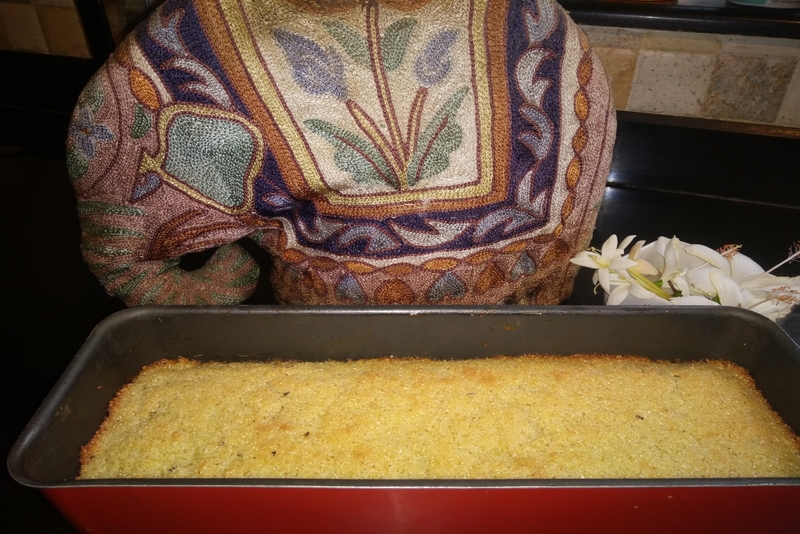Indulge in Fish and Chips in London

The first thing that we do when we land in London is head for the local Fish and Chips shop. Fish and chips is a hot dish of British origin, consisting of slices of fish dipped and coated in batter. Commonly used is Atlantic Cod or Haddock and then deep- fried. It is served with thick wedges of deep-fried potato called chips. It is a common take-away or fast food and the common side dish is mushy peas.
The modern fish-and-chip shop ("chippy" or "chipper" in modern British slang) originated in the United Kingdom, although outlets selling fried food occurred commonly throughout Europe. Early fish-and-chip shops had only very basic facilities. Usually these consisted principally of a large sized wok of cooking oil, heated up by a coal fire. History says that during World War II fish and chips remained one of the few foods in the United Kingdom which was not subject to rationing.
Deep-fried fish in a crispy batter with fat golden chips, Fish and Chips is still one of Britain and Ireland's most favourite meals. The love for them ranks alongside Roast Beef and Yorkshire Puddings and the recently nominated Chicken Tikka Masala, as the English National dish.
No one knows precisely where or when fish and chips came together and became famous. Chips (pommes frites) had arrived in Britain from France in the eighteenth century. The first mention in 1854 was when a leading chef included ‘thin cut potatoes cooked in oil’ in his recipe book named 'Shilling Cookery'.
Around this time fish warehouses sold fried fish and bread, thats all. There was a mention of them in Charles Dickens’ novel Oliver Twist published in 1830.
There are claims to the first ‘chippie’ (fish and chip shop) from Lancashire in the North and London in the South of England. Whoever it may have been, the dish grew to feed a rapidly expanding population, reaching a staggering 35,000 shops in the 1930’s, leveling to around 11,000 now. The Federation of Fish Friers in the UK claim that in 1995 the British consumed 300 million servings of fish and chips equating to six servings for every man woman and child in the country. The record for the largest number of portions sold in one day by an independent fish and chip shop is over 4,000.
The UK’s favorite fish is still Cod and this variety is used for 61.5% of total consumption. With over fishing today, the North Sea cod stocks issue is a serious problem. Cod landed in the UK is caught within strict management regimes and quota systems which set safe limits for catches agreed on by fishermen, scientists and government. Cod caught within these agreed limits is safe for consumers to eat.
Haddock at 25% is the second favorite and regional variations include whiting in Northern Ireland and some parts of Scotland, skate and huss in the south of England.
So, which is the best potato to complement the fish? A floury potato has been found as best, and waxy potatoes can often result in greasy chips. The best varieties are King Edward , Maris Piper and Sante. It has been found that one out of every four British potatoes become chips - that's around 1.25 million tonnes every year.
And then, what is the fat used to fry them in? The perfect and traditional fat for frying both the fish and the chips is beef dripping or lard. Both give a crisper and tastier chip and fish batter. Cooking fish and chips in vegetable or corn oil is now commonplace – good for vegetarians. The oil must be clean and a constant temperature of 185°C maintained.
It has also been found that thick chips absorb less oil than thin ones, so chunkier chips are healthier. In the UK, very few Britons have adopted the continental habit of mayonnaise with fish and chips, preferring just salt and vinegar sprinkled on. I love them the continental way!
And then ofcourse on the side, mushy peas is the classic accompaniment. People either love them or hate them. Since the mid-seventies a curry sauce has also gained favour as a side dish. The only other sauces considered suitable are a splash of ketchup or in Scotland, some like brown sauce.
Despite the threat from pizzas and burgers, fish and chips remain the UK's favorite take away dish, nearly four times more popular than Indian curries. Fish and chips were traditionally wrapped in greaseproof paper and a thick layer of newspaper. This served not only as an insulator but as a plate to make eating outdoors easier. But health and safety controls no longer allow the use of newspaper. Many fish and chip purists declare fish and chips eaten from newspaper outdoors, is the only and best way to eat them.
Fish and chips have 595 calories in the average portion - an average pizza has 871, a Big Mac meal with medium fries has 888, a Whopper meal with medium fries has 892, chicken korma 910 and a Doner kebab 924.
The modern fish-and-chip shop ("chippy" or "chipper" in modern British slang) originated in the United Kingdom, although outlets selling fried food occurred commonly throughout Europe. Early fish-and-chip shops had only very basic facilities. Usually these consisted principally of a large sized wok of cooking oil, heated up by a coal fire. History says that during World War II fish and chips remained one of the few foods in the United Kingdom which was not subject to rationing.
Deep-fried fish in a crispy batter with fat golden chips, Fish and Chips is still one of Britain and Ireland's most favourite meals. The love for them ranks alongside Roast Beef and Yorkshire Puddings and the recently nominated Chicken Tikka Masala, as the English National dish.
No one knows precisely where or when fish and chips came together and became famous. Chips (pommes frites) had arrived in Britain from France in the eighteenth century. The first mention in 1854 was when a leading chef included ‘thin cut potatoes cooked in oil’ in his recipe book named 'Shilling Cookery'.
Around this time fish warehouses sold fried fish and bread, thats all. There was a mention of them in Charles Dickens’ novel Oliver Twist published in 1830.
There are claims to the first ‘chippie’ (fish and chip shop) from Lancashire in the North and London in the South of England. Whoever it may have been, the dish grew to feed a rapidly expanding population, reaching a staggering 35,000 shops in the 1930’s, leveling to around 11,000 now. The Federation of Fish Friers in the UK claim that in 1995 the British consumed 300 million servings of fish and chips equating to six servings for every man woman and child in the country. The record for the largest number of portions sold in one day by an independent fish and chip shop is over 4,000.
The UK’s favorite fish is still Cod and this variety is used for 61.5% of total consumption. With over fishing today, the North Sea cod stocks issue is a serious problem. Cod landed in the UK is caught within strict management regimes and quota systems which set safe limits for catches agreed on by fishermen, scientists and government. Cod caught within these agreed limits is safe for consumers to eat.
Haddock at 25% is the second favorite and regional variations include whiting in Northern Ireland and some parts of Scotland, skate and huss in the south of England.
So, which is the best potato to complement the fish? A floury potato has been found as best, and waxy potatoes can often result in greasy chips. The best varieties are King Edward , Maris Piper and Sante. It has been found that one out of every four British potatoes become chips - that's around 1.25 million tonnes every year.
And then, what is the fat used to fry them in? The perfect and traditional fat for frying both the fish and the chips is beef dripping or lard. Both give a crisper and tastier chip and fish batter. Cooking fish and chips in vegetable or corn oil is now commonplace – good for vegetarians. The oil must be clean and a constant temperature of 185°C maintained.
It has also been found that thick chips absorb less oil than thin ones, so chunkier chips are healthier. In the UK, very few Britons have adopted the continental habit of mayonnaise with fish and chips, preferring just salt and vinegar sprinkled on. I love them the continental way!
And then ofcourse on the side, mushy peas is the classic accompaniment. People either love them or hate them. Since the mid-seventies a curry sauce has also gained favour as a side dish. The only other sauces considered suitable are a splash of ketchup or in Scotland, some like brown sauce.
Despite the threat from pizzas and burgers, fish and chips remain the UK's favorite take away dish, nearly four times more popular than Indian curries. Fish and chips were traditionally wrapped in greaseproof paper and a thick layer of newspaper. This served not only as an insulator but as a plate to make eating outdoors easier. But health and safety controls no longer allow the use of newspaper. Many fish and chip purists declare fish and chips eaten from newspaper outdoors, is the only and best way to eat them.
Fish and chips have 595 calories in the average portion - an average pizza has 871, a Big Mac meal with medium fries has 888, a Whopper meal with medium fries has 892, chicken korma 910 and a Doner kebab 924.

Related Articles
Editor's Picks Articles
Top Ten Articles
Previous Features
Site Map
Content copyright © 2023 by Marianne de Nazareth. All rights reserved.
This content was written by Marianne de Nazareth. If you wish to use this content in any manner, you need written permission. Contact Marianne de Nazareth for details.





 -resizeimage.jpg.jpg)

